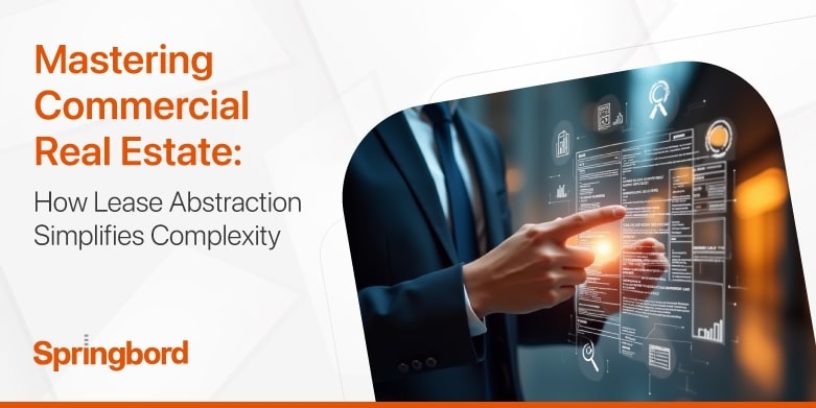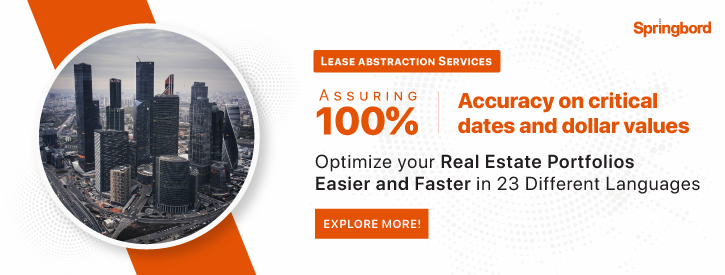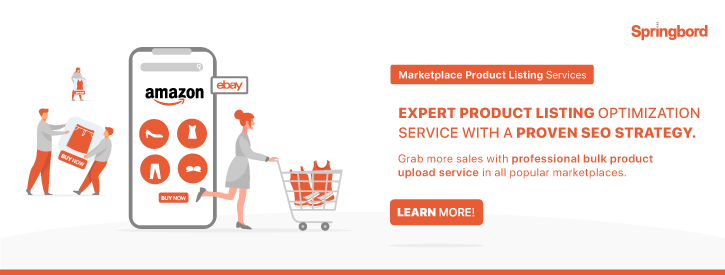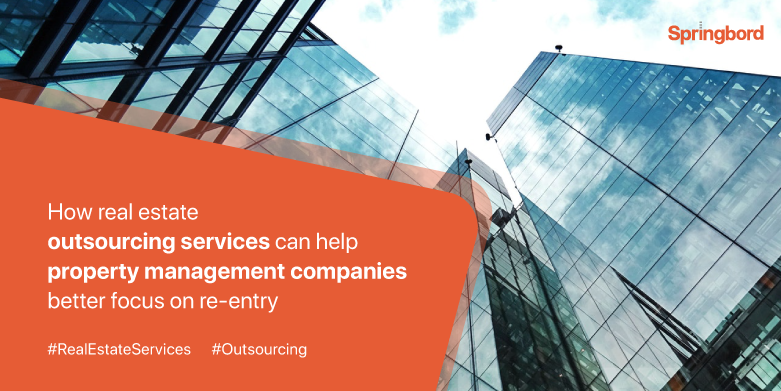 Read time 4 min
Read time 4 minManaging commercial leases is more complex than ever with new regulations and shifting market demands. Without the right tools, businesses risk falling behind.
The commercial real estate industry is slowly gaining its strength back. As per a recent survey, 55% of commercial tenants are looking at prioritizing long-term leases (5years and more), while 65% of landlords are expecting their tenants to demand additional space.
As the commercial real estate sector prepares for recovery and expansion, both tenants and landlords are focusing on building the right team, resources, and creating relevant strategies that can help them navigate these unique market circumstances.
While there are positive signs of growth, uncertainty still looms large. Plus, every new lease would be impacted by the new lease accounting standards (ASC 842, GASB 87, and IRFS 16), and the recently modified ASU 2021-05 issued by FASB that affects the way lessors account for leases.
Managing the overwhelming requirements
It is most certainly an overwhelming time for commercial industry players who need to meticulously plan, determine business goals, strategize, and operationalize their activities, with the end goal of maximizing the value of leases.
It is obvious that adapting to such a dynamic market demands a multi-pronged strategy and approach. And to be able to do that, companies need to have access to the right, accurate, and timely lease data at every step of the way to make informed choices and decisions.
Realizing that lease abstraction is at the core of every process
Lease abstraction has emerged to be a critical document, especially within the commercial real estate sector. There has been a steady rise in demand for both lease abstraction software and lease abstraction outsourcing services and for good reason.
Apart from the obvious advantage of having quick and easy access to critical lease data, lease abstraction is now critical for companies to be able to comply with the new lease accounting standards. In addition to this, accurate and professional lease abstracts integrate easily with any lease data management system, making it easy to store, manage, and access data for every other business process.
Why Now is the Time to Prioritize Lease Abstraction:
1. Increased Regulatory Oversight
New lease accounting rules (ASC 842, GASB 87, IFRS 16) require accurate reporting. Lease abstraction helps capture key details and ensures compliance, reducing the risk of penalties.
2. Rising Complexity in Lease Agreements
Lease agreements are becoming more detailed with complex terms and conditions. Lease abstraction simplifies and organizes this information, making it easier to track and manage.
3. The Need for Real-Time Decision-Making
Businesses need quick access to accurate data to make fast decisions. Lease abstraction provides updated information, helping companies respond quickly to market changes and opportunities.
Managing lease updates near real-time
Another very important area that lease abstraction focuses on is near real-time update of lease data, this allows companies to seamlessly access relevant lease information needed to respond to and act on any external or internal trends/circumstances/events.
And it is worth reemphasizing that access to current and accurate lease data in a user-friendly and easily comprehensible format powers better-informed business decisions, helping you derive optimum value out of the lease portfolios. Having comprehensive visibility into lease information also equips companies to manage to account and lease operations with ease.
Common Challenges Without Lease Abstraction
Without proper lease abstraction, businesses face several risks that can impact compliance, operations, and decision-making. Here are some key challenges:
1. Risk of Non-Compliance Penalties
Failing to capture and track critical lease data can lead to errors in financial reporting, increasing the risk of non-compliance with standards like ASC 842, GASB 87, and IFRS 16. This can result in fines, audits, and reputational damage.
2. Missed Critical Dates
Without a clear and accessible record of lease terms, businesses may miss important deadlines such as renewals, terminations, or rent adjustments. This can lead to unnecessary costs or lost opportunities.
3. Inefficient Lease Data Management
Managing lease data manually or across multiple systems leads to errors and inefficiencies. Without lease abstraction, teams may struggle to access the information they need, creating operational silos and slowing decision-making.
By prioritizing lease abstraction, businesses can avoid these challenges, improve data accuracy, and make faster, more informed decisions.
Conclusion
In today’s fast-changing commercial real estate market, having accurate and accessible lease data is essential. Lease abstraction not only helps businesses stay compliant with new regulations but also improves decision-making and operational efficiency. By prioritizing lease abstraction, companies can reduce risks, track critical dates, and manage complex lease portfolios with ease.
Investing in effective lease abstraction is a smart move for any business looking to navigate the challenges of the commercial real estate landscape while staying prepared for future growth.
At Springbord we have been helping companies manage their lease portfolio efficiently, minimize risk, ensure compliance, integrate data with other platforms, and improve overall lease data management through timely and accurate lease abstraction services. To know more about our Lease abstraction services, connect with us today!
FAQ
1. What is lease abstraction, and why is it important in commercial real estate?
Lease abstraction summarizes key lease details, making it easier to manage, track, and ensure compliance.
2. How does lease abstraction help with regulatory compliance?
It captures accurate lease data to meet standards like ASC 842, GASB 87, and IFRS 16, reducing compliance risks.
3. What are the risks of not having proper lease abstraction?
Businesses risk non-compliance penalties, missed critical dates, and inefficient lease data management.
4. How does real-time lease data improve business decisions?
It allows quick access to updated information, enabling faster, more informed decision-making.
5. Can lease abstraction integrate with existing lease management systems?
Yes, it integrates seamlessly with most lease management systems for better data access and tracking.
6. What information is typically included in a lease abstract?
It includes lease terms, critical dates, rent details, obligations, and other essential clauses.
7. Why should companies outsource lease abstraction?
Outsourcing ensures accuracy, compliance, and efficiency while reducing the workload on internal teams.







